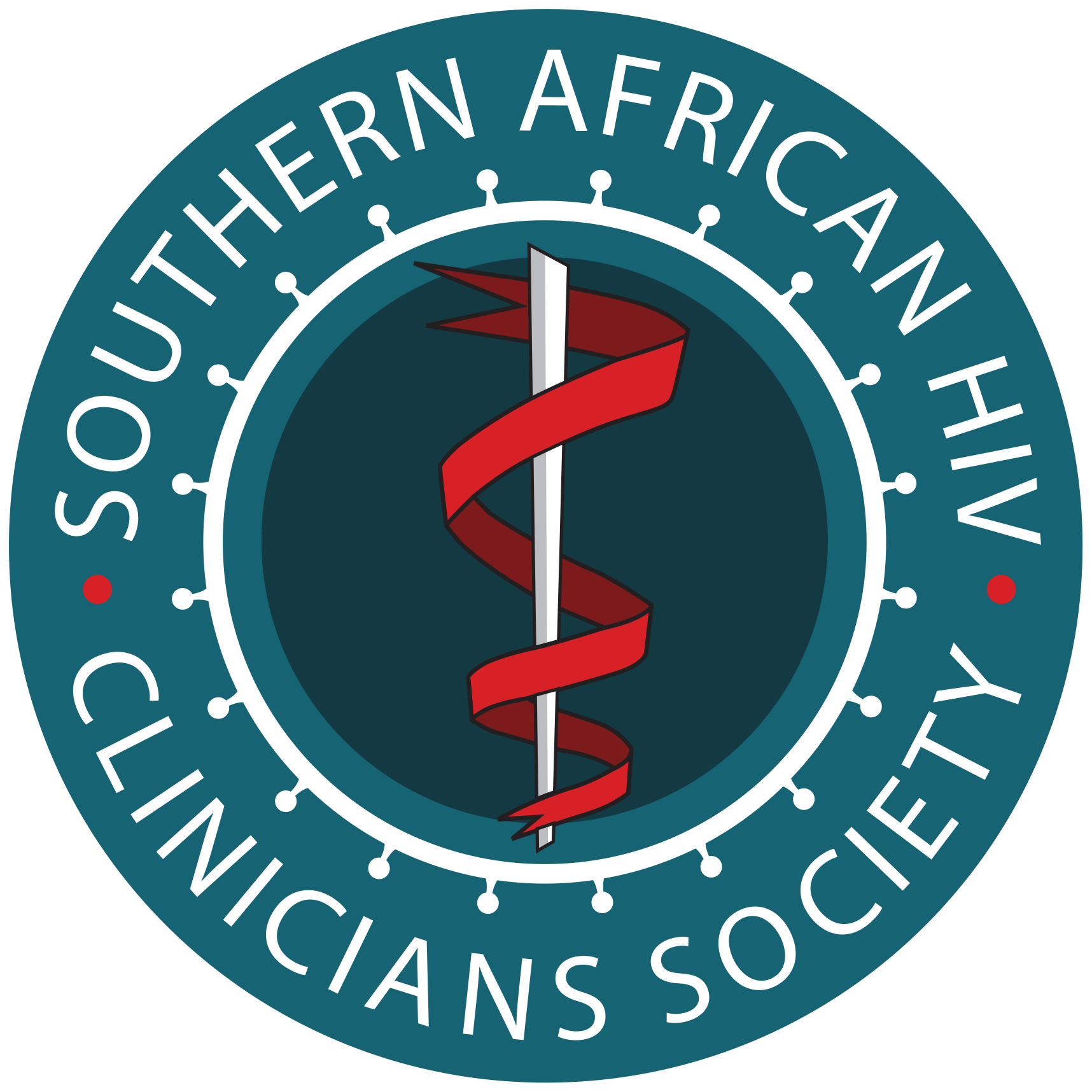ART Guidelines
References

 Key points
Key points - DTG does not significantly affect cholesterol.
- Routine monitoring of lipids is not required unless the patient is on a PI regimen.
- PIs can cause hypertriglyceridaemia and elevated low-density lipoprotein (LDL) cholesterol. Lipids should be assessed routinely after 3 months on a PI regimen.
- ATV/r and DRV/r are associated with less significant lipid abnormalities than LPV/r.
- EFV can cause elevated total cholesterol and mild hypertriglyceridaemia.
PIs can cause hypertriglyceridaemia and elevated LDL cholesterol. ATV/r and once-daily DRV/r (800 mg DRV/100 mg once daily) are associated with less severe dyslipidaemia than other boosted PIs; AZT can cause mild hypertriglyceridaemia, and EFV can cause elevated total cholesterol and mild hypertriglyceridaemia. We suggest that total cholesterol and triglycerides should be assessed routinely after 3 months on a PI regimen (see module 15). If normal at this stage, then reassessment should be performed only in those with cardiovascular risk factors. Diet and lifestyle modification should always be advised. Diet is more effective for controlling hypertriglyceridaemia than hypercholesterolaemia. Other cardiovascular risk factors should be addressed. Clinicians should consider and investigate secondary causes of hypertriglyceridaemia and hypercholesterolaemia (e.g. diabetes, nephrotic syndrome, alcohol use and hypothyroidism).
If patients receiving LPV/r develop significant dyslipidaemia but still require a PI, they should be switched to DRV/r or ATV/r, rather than adding lipidlowering therapy. However, lipid-lowering therapy is indicated in patients with persistent elevations despite switching to DRV/r or ATV/r. Note though that many patients on a PI should be switched to DTG as described in module 13. DTG has a more favourable lipid profile than PIs.
Marked hypertriglyceridaemia (> 10 mmol/L) can cause pancreatitis and requires urgent treatment with diet modification (restrict total triglyceride intake to < 30 g/day), fibrates and switching LPV/r to DRV/r, ATV/r or DTG (fibrates can be stopped after 1 month, followed by reassessment within 4–6 weeks).
Indications for statin therapy in HIV-positive patients should be the same as in HIV-negative patients, using the Framingham heart disease risk score. Generally, in young patients with isolated elevated cholesterol but no other cardiovascular risk factors, a threshold of total cholesterol > 7.5 mmol/L (or LDL cholesterol > 5.0 mmol/L) should be used for initiating statin therapy; and, if feasible, the patient should be referred to a lipid clinic for investigation. In patients with cardiovascular risk factors (e.g. smoking, diabetes, hypertension), decisions should be made using the Framingham heart disease risk score . All patients with established atherosclerotic disease (coronary, cerebral or peripheral) or familial hypercholesterolaemia should be started on statin treatment. In addition, type 2 diabetics should also be started on a statin if they have chronic kidney disease, or if they are older than 40 years of age (or have had diabetes for more than 10 years) and have one or more additional cardiovascular risk factors. 125
Many statins have interactions with PIs that can lead to potentially toxic statin concentrations, with the exception of pravastatin and fluvastatin. Atorvastatin concentrations are significantly raised by PIs, but low doses (maximum 20 mg daily) can be used with monitoring for symptoms of myalgia. Lovastatin and simvastatin should not be co-administered with PIs, as their concentrations are dramatically increased, and severe rhabdomyolysis has been reported. We also advise against the use of rosuvastatin with PIs due to a complex drug-drug interaction: PIs increase the plasma concentrations of rosuvastatin while reducing their efficacy in the liver. If in doubt, consult a reliable resource for information on drug-drug interactions (see Box 3).

- Not routinely assessing lipids while the patient is receiving PI-based ART.
- Failure to recognise that many statins have interactions with PIs that lead to toxic statin concentrations.
- Monitoring of LDL cholesterol in patients on a high-dose statin for secondary prevention. Such monitoring is not necessary.
